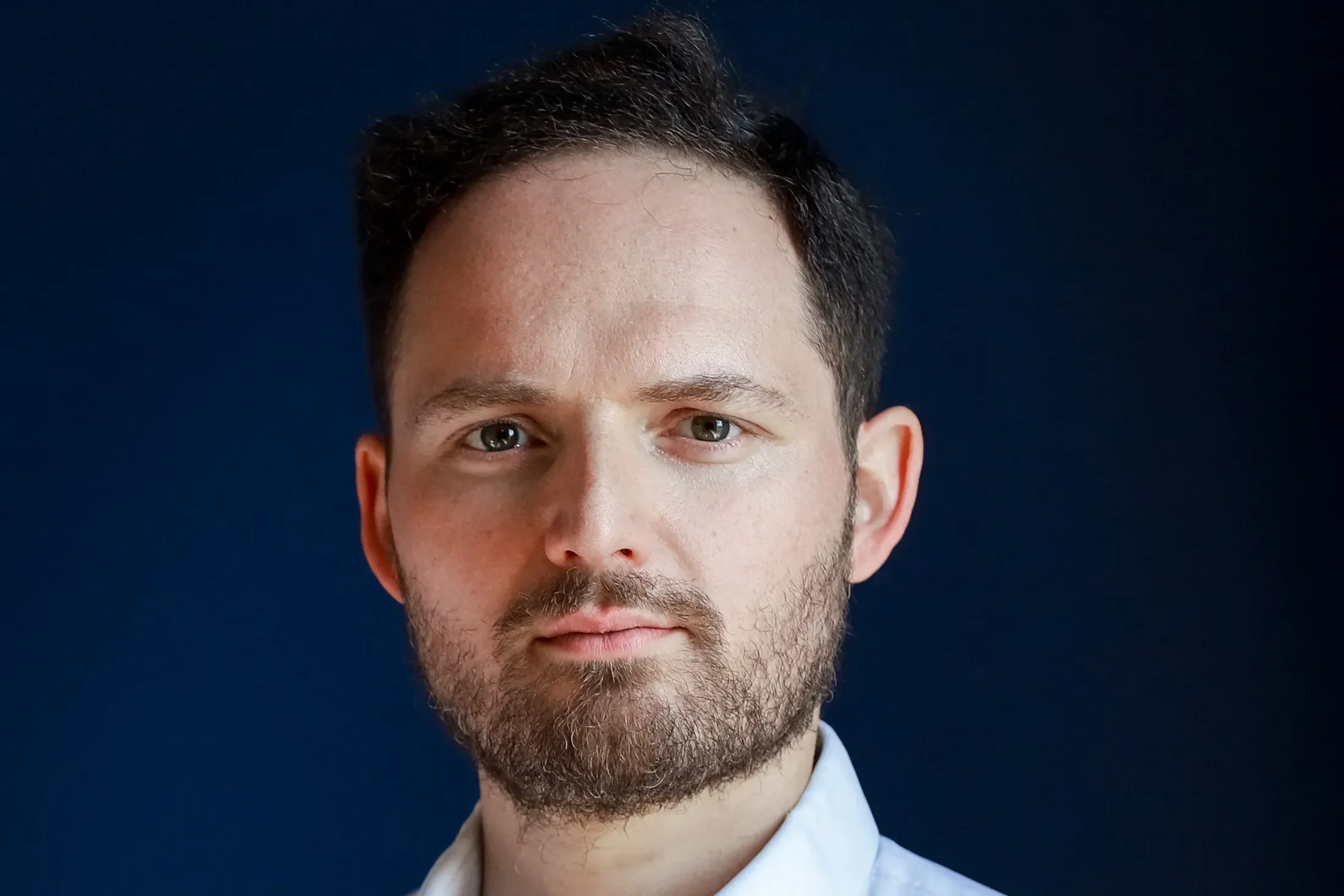Milan-based startup Cyberwave, which automates physical machines using digital twins, has raised €7 million in a funding round led by United Ventures to scale Europe’s developer-first automation platform, as Vestbee was told.
- Launched in 2025 by Simone Di Somma and Vittorio Banfi, Cyberwave develops a software platform that enables developers to control and automate physical machines using digital twins.
- The platform abstracts hardware such as robots, drones, sensors, and industrial systems into programmable software representations, allowing developers to simulate, test, and deploy behaviors with minimal coding.
- Users connect an asset from Cyberwave’s catalog with a single line of code, run simulations to verify operations safely, and then deploy the behavior directly to the physical hardware.
- The system functions as a two-sided marketplace: hardware manufacturers integrate devices once to make them accessible, while developers gain plug-and-play access to a growing library of automation assets.
- The platform supports use cases across manufacturing, logistics, construction, inspections, and defense, providing a framework for rapid reconfiguration of physical systems.
Details of the deal
- The investment was led by United Ventures, an Italian VC firm backing technology-driven entrepreneurs, with participation from The TechShop, Vento, Pi Campus, and several angel investors.
“Simone and Vittorio combine technical excellence, product vision, and company-building experience. With Cyberwave, they are tackling AI and robotics with a developer-first approach, focused on making robots useful and easy to use. We believe their mission and team give them the potential to build a category leader," claims Massimiliano Magrini, founder and Managing Partner at United Ventures.
- Cyberwave will use the €7 million in new funding to launch its digital twins platform, grow its developer community, and validate enterprise use cases in manufacturing, logistics, and inspections.
- The investment will also support partnerships with leading European industrial players and expansion into the US market to back European manufacturers’ operations and capture opportunities from North America’s reindustrialisation trend.




